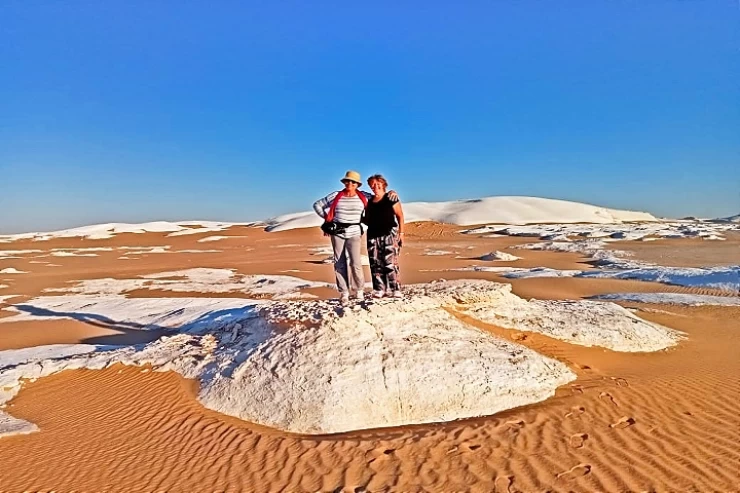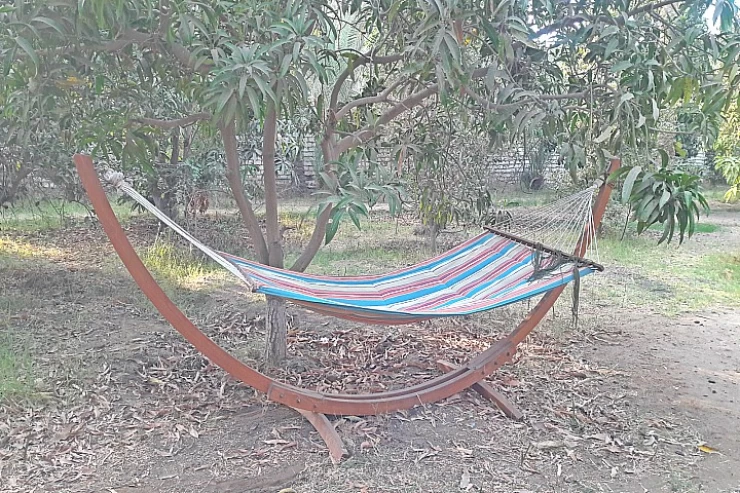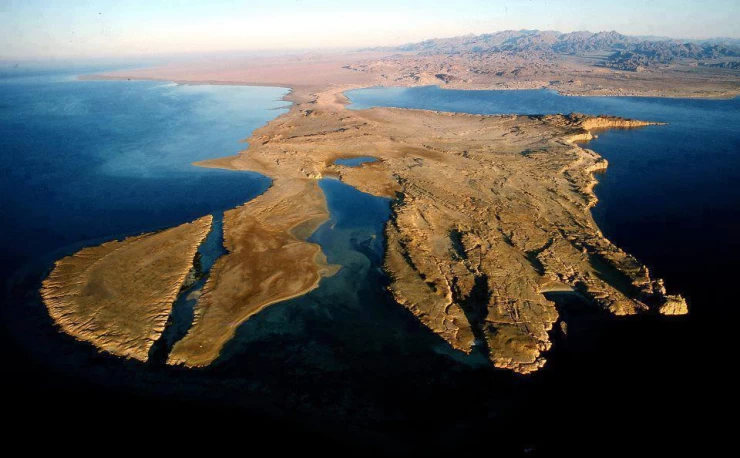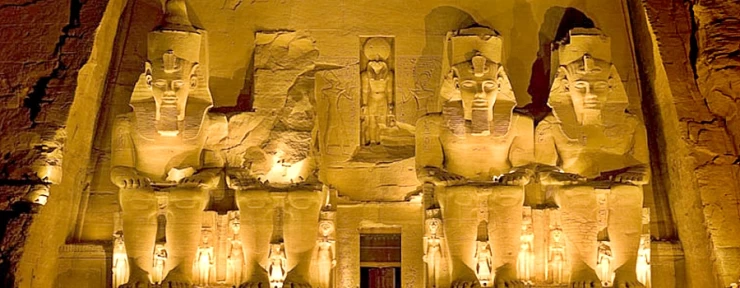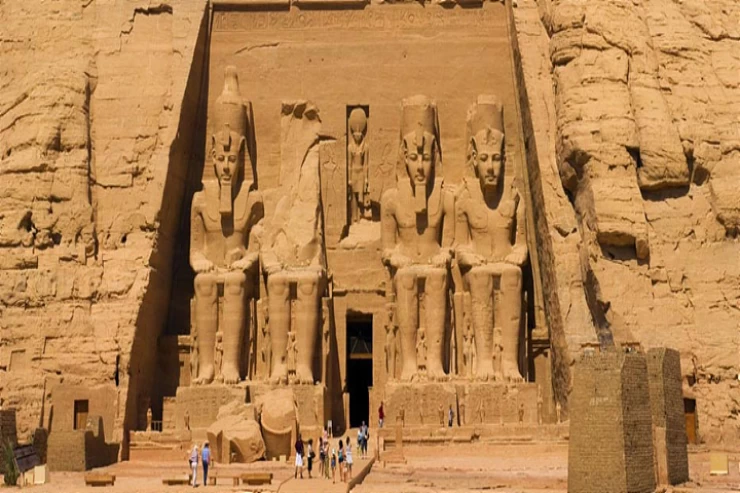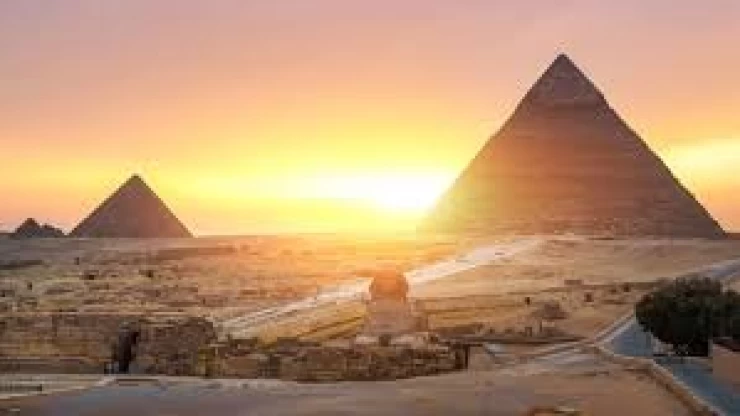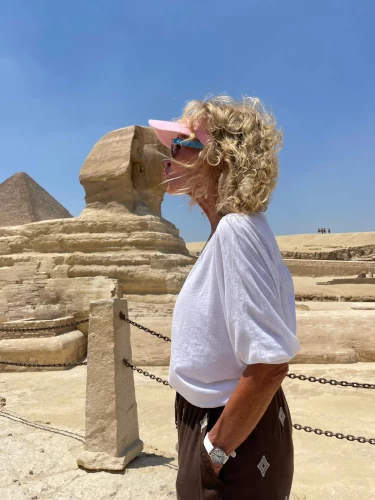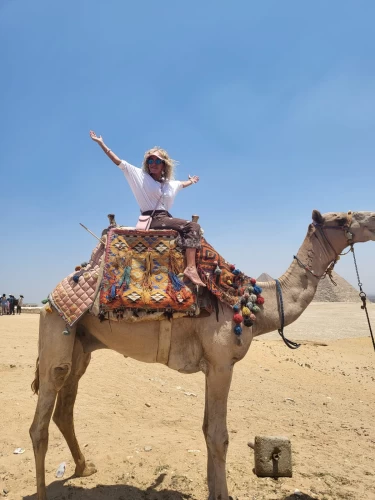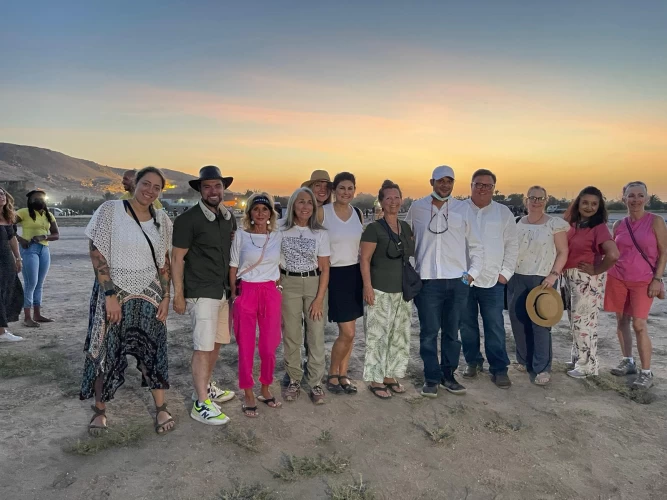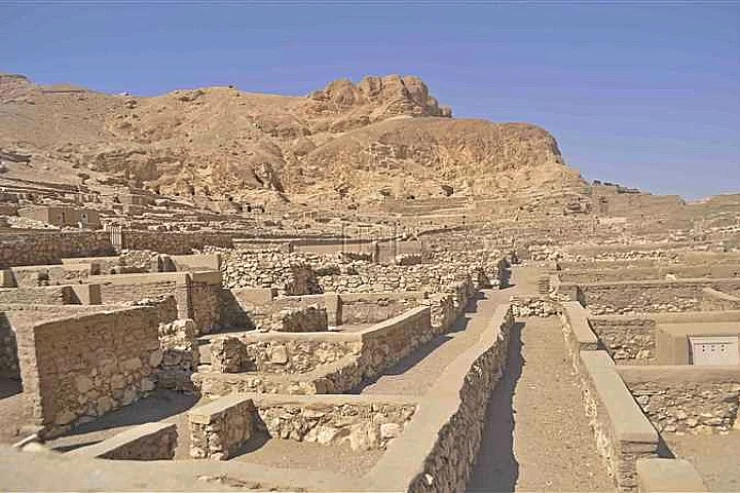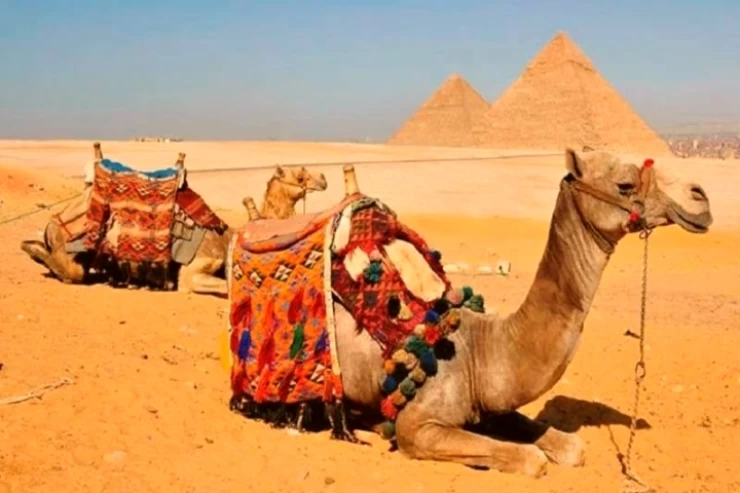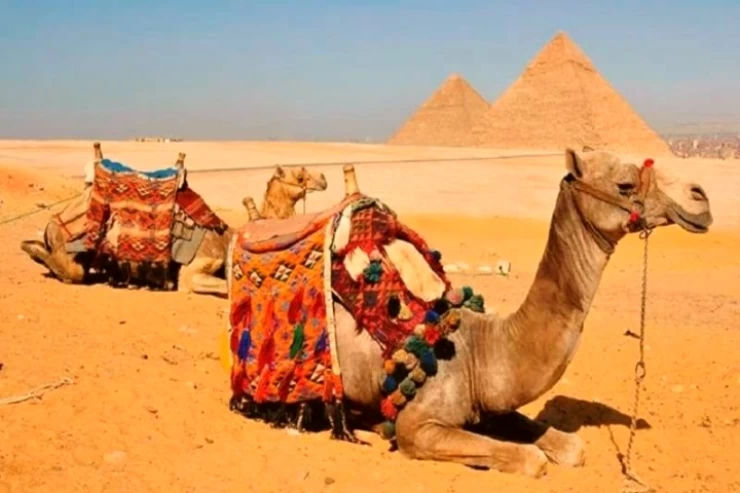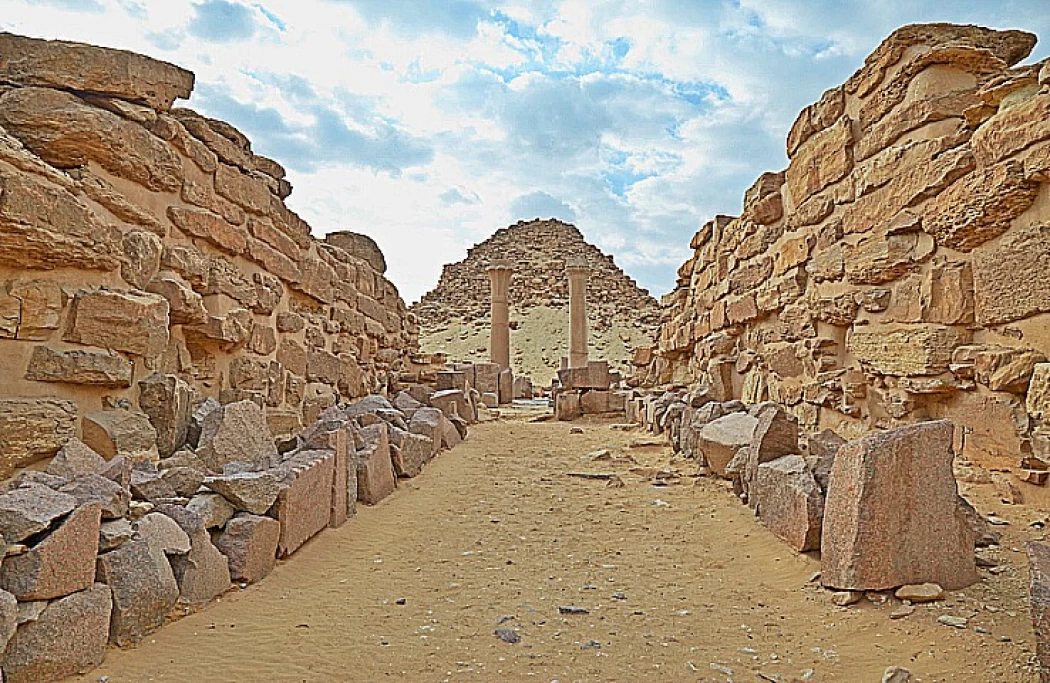
Abu Sir | Egyptian Necropolis
Abu Sir | Egyptian Necropolis
In the south of Giza Governorate, the centre of Badrasheen is located, which is followed by the village of Abu Sir, with its important monuments that bear witness to the ages of ancient Egypt, especially the era of the Fifth Dynasty, which was one of the necropolises of Manif, the capital of ancient Egypt, which derived its name from the name of the idol ‘Osir’ and called the name of the temple to the entire area, which meant a centre of worship of the god Osir and became pronounced ‘Busir’ in Coptic, then a letter was added at the beginning of the name to improve and facilitate pronunciation.
Abu Sir is three kilometres from the Step Pyramid of King Djoser, the founder of the Third Dynasty. De Morgan's excavations in 1883 were one of the first excavations conducted in Abusir until the end of the 19th century, followed by the German archaeologist Burkhardt's excavations in 1902-1908 AD, which began to discover the archaeology of this area and indicate the greatness of the Pharaonic dynasty that lived in this city.
Abu Sir, by virtue of its location, was able to attract the attention and interest of the kings of the Fifth Pharaonic Dynasty, in the period from 2560 to 2420 BC, with the first king of that dynasty, King ‘User Kav’, the first temple of the sun in the Abu Sir area, which is expected that every king of that dynasty would have built his temple in that area, but until today only two temples have been found, one for King User Kav, and the other for King ‘Ni-War-Ra’, the third king of that dynasty.
In addition, the daughter of King Sahu-Ra chose this area to build his funerary complex and his pyramid, which is considered the first pyramid built in Abu Sir. He was followed by King Nefer Kar, who built his pyramid a short distance from the pyramid of King Sahu-Ra, until the area was abandoned as a royal cemetery. Archaeological expeditions discovered the missing pyramid, and excavations revealed that this pyramid was the real tomb of King Nefer F-Ra.
One of the most important monuments in the Abu Sir area is the pyramid of King Sahu-Ra, who ruled for fourteen years after King Oser-Kav, and built his pyramid in the northernmost part of this area, which includes a funerary temple and at its end a valley temple that was destroyed as a result of its use as a quarry in previous eras.
In close proximity to King Sahu-Ra, King Nefer Er-Kare, the third king of that dynasty, built his pyramid group, which is similar to that of King Sahu-Ra, but on a larger scale, but he did not live long enough to complete this construction, so his successor on the throne completed this construction, but with adobe bricks. His pyramid is considered one of the largest pyramids in that region, with a height of about 70 metres and a side length of 106 metres.
Latest Articles
Admin
Aswan Governerate in Egypt
One of Egypt's southern governorates is Aswan Governorate. The city of Aswan serves as its capital. At a latitude of 22 north of the equator (also known as the Tropic of Cancer), it is bounded to the north by the Qena Governorate, to the east by the Red Sea Governorate, to the west by the New Valley Governorate, and to the south by the Republic of Sudan.
Admin
Luxor Governorate Egypt
The capital of the Arab Republic of Egypt is Luxor City, which was once known as "Thebes City" because it served as Egypt's capital during the Pharaonic era. It is situated in the South Upper Egypt region, approximately 670 kilometers from the capital Cairo from the south. It is bordered on the north by Qena Governorate, on the south by Aswan Governorate, on the east by Red Sea Governorate, and on the west by New Valley Governorate.
Admin
History of kafr El Sheikh Governorate
Kafr El Sheikh Governorate is an Egyptian governorate, located in the northernmost part of Egypt in the Nile Delta, with Kafr El Sheikh as its capital. It had a population of 3,172,753 in 2015 and an area of 3,748 km². Its entire area is located north of the delta and overlooks the Mediterranean Sea. The main economic activity of the residents of the governorate is agriculture and fishing, especially the southern lands of the governorate and the lands overlooking the Nile River - Rosetta Branch.
Admin
Egypt's New Administrative Capital
The New Administrative Capital is located between the Cairo-Suez and Cairo-Ain Sokhna roads, 60 km from Cairo and the same distance from Ain Sokhna and Suez. The New Administrative Capital is located on the border of Badr City, in the area between the Cairo-Suez and Cairo-Ain Sokhna roads, just after New Cairo, Mostakbal City and Madinaty.
Admin
Al Gharbia Governorate
Gharbia Governorate is one of the governorates full of archaeological sites, whether they are places or facilities (mosques, churches), as the governorate is a destination for visitors to these places throughout the year, whether they are Egyptians from the different governorates.
Admin
Hamata Islands (Qulaan Archipelago) in Marsa Alam
The Hamata area, south of Marsa Alam in the Red Sea, is one of the most important parts of the Wadi El Gemal Reserve, whether in the desert or the sea. It was named after the sorrel plant, which was distorted to Hamata.






